Index to Butterflies

Superfamily Papilionoidea
Family Nymphalidae
Subfamily Danainae
Danaus chrysippus orientis African Monarch, Plain Tiger viewtopic.php?p=67642#p67642
Amauris albimaculata albimaculata Layman viewtopic.php?p=505692#p505692
Amauris ochlea ochlea Novice viewtopic.php?p=143467#p143467
Subfamily Satyrinae
Aeropetes tulbaghia Table Mountain Beauty viewtopic.php?p=545139#p545139
Cassionympha cassius Rainforest Brown viewtopic.php?p=214342#p214342
Coenyropsis natalii Natal Brown viewtopic.php?p=486597#p486597
Melanitis leda helena Evening Brown,Twilight Brown viewtopic.php?p=201690#p201690
Pseudonympha trimenii trimenii Trimen's Brown viewtopic.php?f=247&t=679#p242437
Stygionympha wichgrafi Wichgraf’s Brown viewtopic.php?p=231330#p231330
Subfamily Helyconiinae
Acraea anemosa Broad-bordered Acraea viewtopic.php?f=247&t=679&p=486848#p486848
Acraea axina Little Acraea viewtopic.php?p=489984#p489984
Acraea horta Garden Acraea viewtopic.php?f=247&t=679&start=10#p261135
Acraea natalica Natal Acraea viewtopic.php?p=231333#p231333
Acraea neobule neobule Wandering Donkey Acraea viewtopic.php?p=231334#p231334
Acraea oncaea, Stephenia oncaea Window Acraea, Rooibok Acraea viewtopic.php?p=231335#p231335
Phalanta phalantha aethiopica African Leopard, Common Leopard viewtopic.php?p=231341#p231341
Telchinia esebria, Hyalites esebria Dusky Acraea viewtopic.php?p=231338#p231338
Telchinia serena, Hyalites serena Dancing Acraea, Small Orange Acraea viewtopic.php?p=231339#p231339
Subfamily Charaxinae
Charaxes achaemenes achaemenes Bushveld Emperor, Bushveld Charaxes viewtopic.php?p=231342#p231342
Charaxes brutus natalensis White-barred Charaxes, White-barred Emperor viewtopic.php?p=231343#p231343
Charaxes candiope Green-veined Charaxes viewtopic.php?p=487205#p487205
Charaxes castor flavifasciatus Giant Charaxes viewtopic.php?p=487204#p487204
Charaxes jasius saturnus Foxy Emperor, Foxy Charaxes, Koppie Charaxes viewtopic.php?p=231346#p231346
Charaxes varanes varanes Pearl Emperor, Pearl Charaxes viewtopic.php?p=487200#p487200
Subfamily Limenitidinae
Hamanumida daedalus Guineafowl Butterfly, Road Inspector viewtopic.php?p=231349#p231349
Neptis saclava marpessa Spotted Sailer viewtopic.php?p=231351#p231351
Subfamily Cyrestinae
Subfamily Biblidinae
Byblia ilithyia Spotted Joker viewtopic.php?p=231352#p231352
Eurytela dryope angulata Golden Piper viewtopic.php?p=231354#p231354
Subfamily Nymphalinae
Hypolimnas anthedon wahlbergi Variable Diadem viewtopic.php?f=247&t=679&start=20#p276547
Hypolimnas misippus Common Diadem viewtopic.php?p=231356#p231356
Junonia hierta cebrene Yellow Pansy viewtopic.php?p=231361#p231361
Junonia natalica natalica Brown Pansy, Brown Commodore viewtopic.php?p=231362#p231362
Junonia oenone oenone Blue Pansy, Black Pansy viewtopic.php?p=231363#p231363
Junonia orithya madagascariensis Eyed Pansy, Ox-eyed Pansy viewtopic.php?p=231364#p231364
Precis antilope Darker Commodore viewtopic.php?p=487222#p487222
Precis archesia Garden Commodore, Garden Inspector viewtopic.php?p=231359#p231359
Precis octavia sesamus Gaudy Commodore viewtopic.php?p=231360#p231360
Protogoniomorpha anacardii nebulosa Clouded Mother-of-pearl viewtopic.php?p=231357#p231357
Protogoniomorpha parhassus Common Mother-of-pearl viewtopic.php?p=518572#p518572
Vanessa cardui Painted Lady viewtopic.php?p=231366#p231366
Subfamily Libytheinae
Family Lycaenidae
Subfamily Aphnaeinae
Aloeides damarensis damarensis Damara Copper viewtopic.php?p=496509#p496509
Aloeides damarensis mashona Damara Russet viewtopic.php?p=526136#p526136
Axiocerses tjoane tjoane Eastern Scarlet, Common Scarlet viewtopic.php?p=492306#p492306
Cigaritis phanes Silverline, Silvery Bar viewtopic.php?p=241804#p241804
Subfamily Portiinae
Subfamily Miletinae
Subfamily Lycaeninae
Lycaena clarki Eastern Sorrel Copper viewtopic.php?f=247&t=679&start=30#p283554
Subfamily Theclinae
Chrysoritis chrysaor Burnished Opal viewtopic.php?p=231367#p231367
Leptomyrina hirundo Tailed Black-eye viewtopic.php?p=518577#p518577
Subfamily Polyommatinae
Anthene amarah amarah Black-striped Hairtail viewtopic.php?p=231369#p231369
Azanus jesous jesous Topaz Babul Blue, Topaz-spotted Blue viewtopic.php?p=231374#p231374
Azanus natalensis Natal Babul Blue, Natal Spotted Blue viewtopic.php?p=487299#p487299
Cacyreus marshalli Common Geranium Bronze viewtopic.php?p=231370#p231370
Chilades trochylus, Freyeria trochylus Grass Jewel, Jewel Blue viewtopic.php?p=231375#p231375
Euchrysops malathana Common Smoky Blue viewtopic.php?p=231372#p231372
Lampides boeticus Pea Blue, Long-tailed Blue, Lucerne Blue viewtopic.php?p=231371#p231371
Leptotes pirithous pirithous Common Zebra Blue viewtopic.php?p=487301#p487301
Tarucus sybaris linearis Dotted Pierrot, Dotted Blue viewtopic.php?p=504820#p504820
Uranothauma nubifer nubifer Black Heart viewtopic.php?p=231376#p231376
Zizeeria knysna knysna African Grass Blue, Sooty Blue viewtopic.php?p=505027#p505027
Family Pieridae
Subfamily Pierinae
Belenois aurota aurota Brown-veined White viewtopic.php?p=231382#p231382
Belenois creona severina African Common White viewtopic.php?p=231383#p231383
Belenois thysa thysa False Dotted Border viewtopic.php?p=530309#p530309
Colotis annae annae Scarlet Tip viewtopic.php?p=508463#p508463
Colotis antevippe gavisa Red Tip viewtopic.php?p=231379#p276319
Colotis calais calais Topaz Arab, Topaz Tip viewtopic.php?p=505512#p505512
Colotis evagore antigone Small Orange Tip, Tiny Orange Tip viewtopic.php?p=231379#p231379
Colotis evenina evenina African Orange Tip viewtopic.php?p=231380#p231380
Colotis ione Bushveld Purple Tip, Common Purple Tip, Purple Tip viewtopic.php?p=231381#p231381
Colotis vesta argillaceus Southern Veined Arab, Veined Tip, Veined Orange viewtopic.php?f=247&t=679&start=60#p487040
Leptosia alcesta inalcesta African Wood White viewtopic.php?p=231389#p231389
Mylothris agathina agathina Common Dotted Border, Eastern Dotted Border viewtopic.php?p=231388#p231388
Nepheronia buquetii buquetii Buquet's Vagrant viewtopic.php?p=231378#p231378
Pieris brassicae Cabbage White viewtopic.php?p=231387#p231387
Pinacopteryx eriphia eriphia Zebra White viewtopic.php?p=231377#p231377
Subfamily Coliadinae
Catopsilia florella African Migrant, Common Vagrant, African Vagrant viewtopic.php?p=231390#p231390
Eurema brigitta brigitta Broad-bordered Grass Yellow viewtopic.php?p=231391#p231391
Eurema floricola floricola Malagasy Grass Yellow viewtopic.php?p=545134#p545134
Family Papilionidae
Graphium antheus Large Striped Swordtail viewtopic.php?p=231394#p231394
Papilio dardanus cenea African Mocker Swallowtail viewtopic.php?f=247&t=679&p=486847#p486847
Papilio demodocus demodocus Citrus Swallowtail viewtopic.php?p=231392#p231392
Papilio nireus lyaeus Green-banded Swallowtail, Black Velvet viewtopic.php?p=231393#p231393
Superfamily Hesperioidea (Skippers)
Family Hesperidae
Subfamily Coeliadinae
Coeliades pisistratus Two-pip Policeman viewtopic.php?p=231395#p231395
Subfamily Pyrginae
Caprona pillaana Ragged Skipper viewtopic.php?f=247&t=679&p=486859#p486859
Sarangesa phidyle Small Elfin viewtopic.php?p=554637#p554637
Spialia colotes transvaaliae Bushveld Sandman viewtopic.php?p=491250#p491250
Spialia ferax Ferax Grizzled Skipper, Common Sandman viewtopic.php?f=247&t=679&p=486938#p486938
Tagiades flesus Clouded Flat, Clouded Forester, Clouded Skipper viewtopic.php?p=486827#p486827
Subfamily Heteropterinae
Subfamily Hesperiinae
Afrogegenes letterstedti Brown Dodger used to be Gegenes niso niso Common Hottentot Skipper viewtopic.php?p=231396#p231396
Platylesches moritili Honey Hopper viewtopic.php?p=494107#p494107



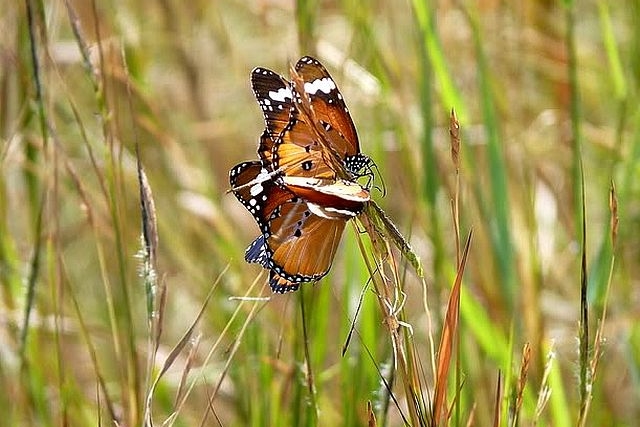 © Hawkeyes
© Hawkeyes
 © nan
© nan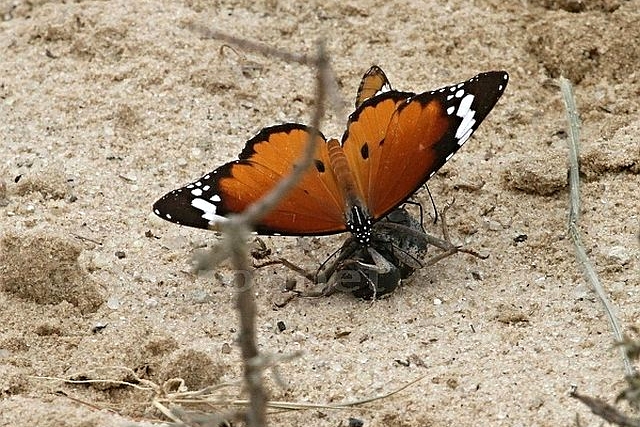 © nan
© nan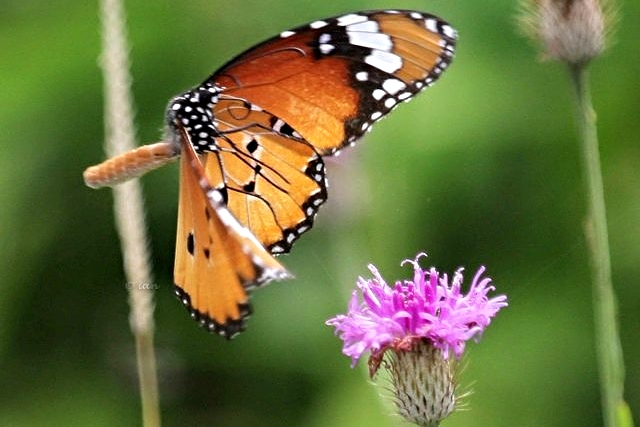 © leachy
© leachy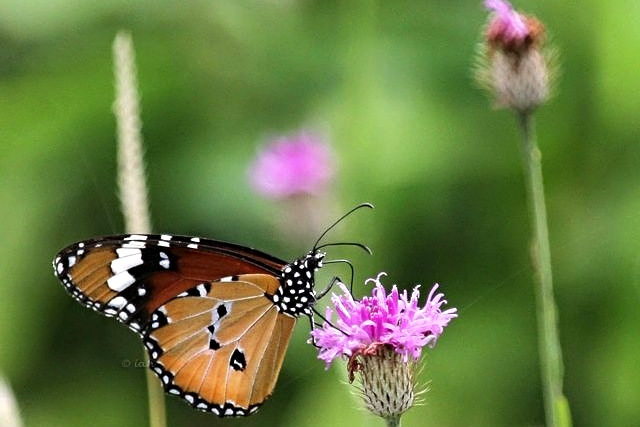 © leachy
© leachy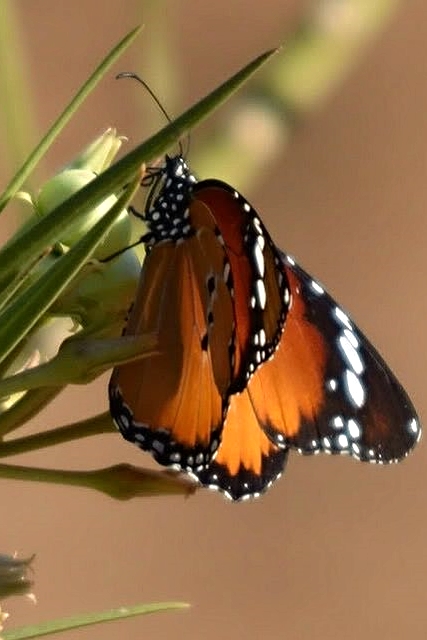 © BluTuna
© BluTuna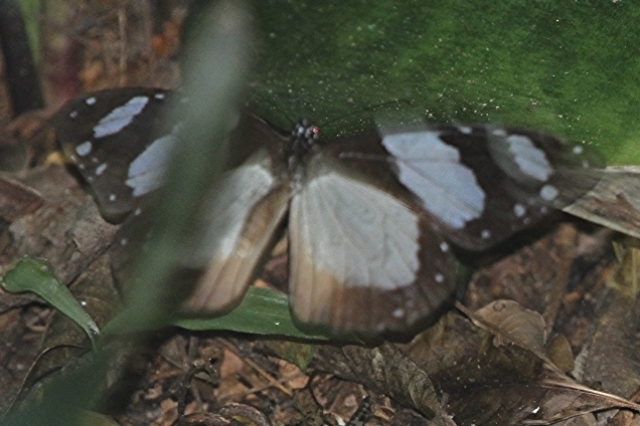 © Tina
© Tina © BluTuna
© BluTuna © JustN@ture
© JustN@ture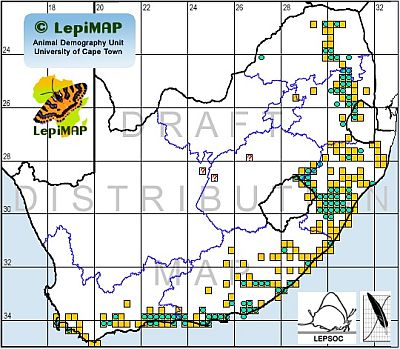
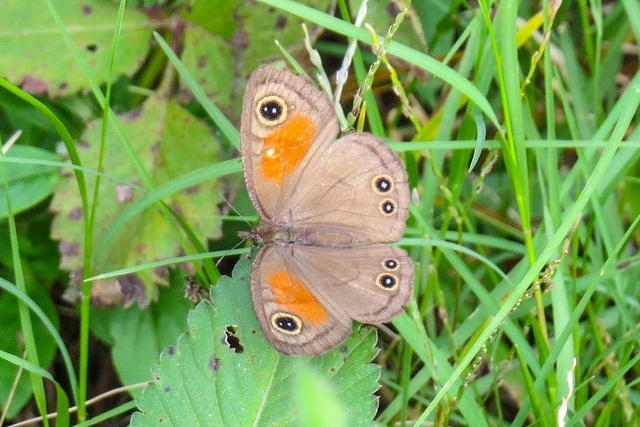 © steamtrainfan
© steamtrainfan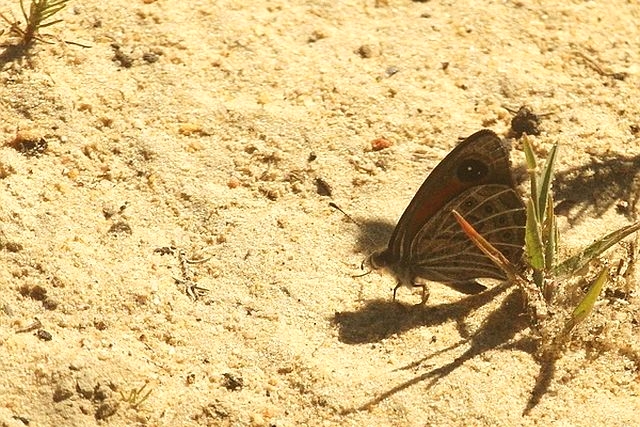 © nan
© nan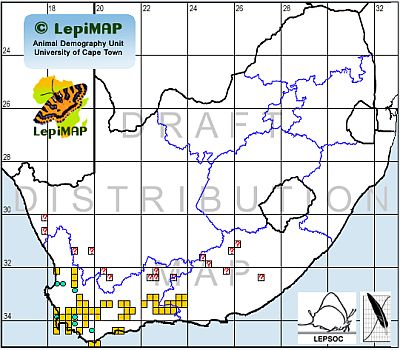
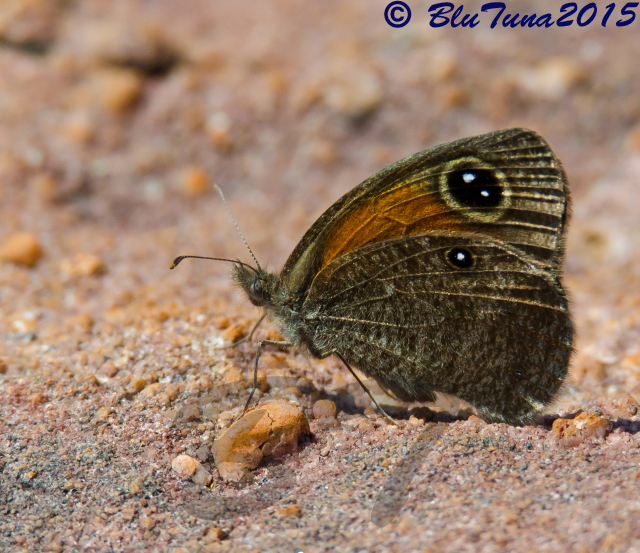 © BluTuna
© BluTuna